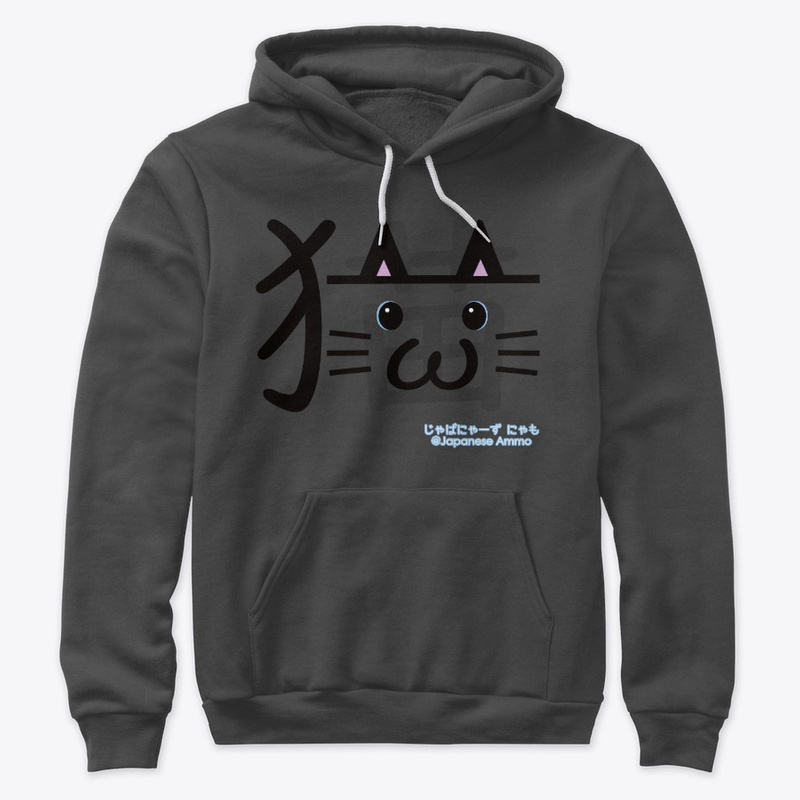
Ninja Writing Skills Part 2: Katakana
Katakana is used for foreign words or any name that is not Japanese.For instance, John would be ジョン, Kate would be ケイト. And we have lots of EngRish words. For instance ペン – pen, セーター seetaa – sweater, スプーン spuun – spoon, ベッド beddo – bed.
It’s smarter to start with hiragana, because we use hiragana more frequently and should learn hiragana by learning words.
That’s why a lot of learners find katakana hard since the priority is lower. However in prewar days, they used to think learning katakana is easier because of the more simple look, so at school children learned katakana first and then hiragana. If you take a look at textbooks that were published before WWⅡ, it’s written in katakana. Then Americans told the Japanese government to change it because hiragana was still used a lot more than katakana among adults.
So don’t worry, Japanese children used to learn Katakana. It shouldn’t be too difficult :)
If you watch my guide to learning hiragana, then you know how this works. We learn don’t learn in the usual order like in other textbooks that start off with a and then i…u..e…o…but we learn by katakana that looks similar.
Let me know what you thought of it and feel free to practice your katakana with me in the comments! I had a lot of fun making these guides so I hope you have fun learning from them :)Subscribe to our mailing list






Hi, Misa-Sensei
I have a question for you.
I heard from my friend, he said all Kanji’s character is same as Chinese’s character. Is that right?
And most tv shows or animes use both Kanji and Hiragana. Why and How to decide which word that should be converted to Kanji?
Arigatou Gozaimasu, Sensei :)
Konnichiwa! Not all kanjis are the same as the ones in Chinese. I think we share lots of same kanji with traditional chinese characters but not the simplified Chinese. Also the reading (pronunciation) differs a lot.
As for when to use the kanji, most words are written in Kanji except for particles(e.g は,が,を…), an honorific suffix (お), and endings (です, ます, and ね,よ…). They are always written in Hiragana. So Japanese sentences usually look like this :
Kanji (subject) – Hiragana (particle は or が usually) – Kanji (word) – Hiragana (particle) – Kanji (verb)+ Hiragana (ending).
To get used to it, you need to read a lot (for example NHK news web easy).
I hope it answers your questions ^^
Thank you Sensei :-)
I was about to reply Sensei’s comment but my internet’s quota ran out :D
To ga akete arimasu
Door has been opened
Is the japanese sentence correct?
Could Sensei explain it for me?
Arigatou Gozaimasu :-)
First, “戸 – to” isn’t a common word for “door”, it’s more like a cupboard door.
So you can use either “ドア- doa” (standard door) or “扉 – tobira” which is a type of door that has two doors (like on trains).
There are two ways to say “The door is open” in Japanese.
“ドアが開いています (doa ga aite-imasu)” = The door is / has been open. (normal one)
“ドアが開けてあります doa ga akete-arimasu)” = The door has been open intentionally (by somebody).
The second one uses the transitive verb あける so you put an emphasis on WHO / SOMEBODY did it and kept it that way (open).
Hope it helps!
Thanks for the answer.
How to differ between simple present and simple past in Japanese?
ありがとうございます
Simple present verbs always end with an U sound. (But not masu form.) For example, たべる (taberU), いく (ikU) etc…
For the simple past, we use a form called TE form (Check out this article). Just change TE into た (ta) and you get the past tense. So any verbs that have the TA sound at the end, that’s the simple past.
Misa san wa daisuki desu..